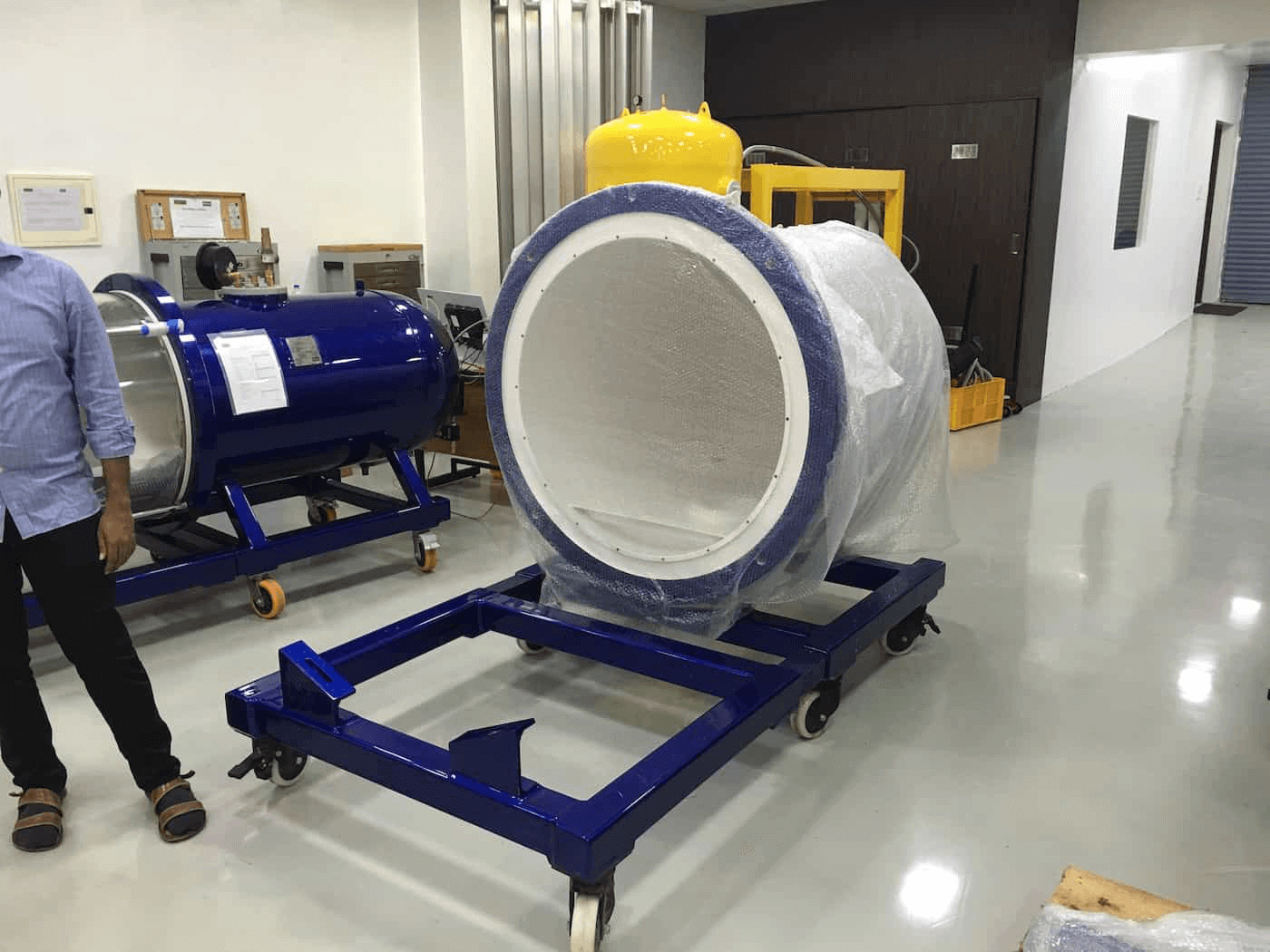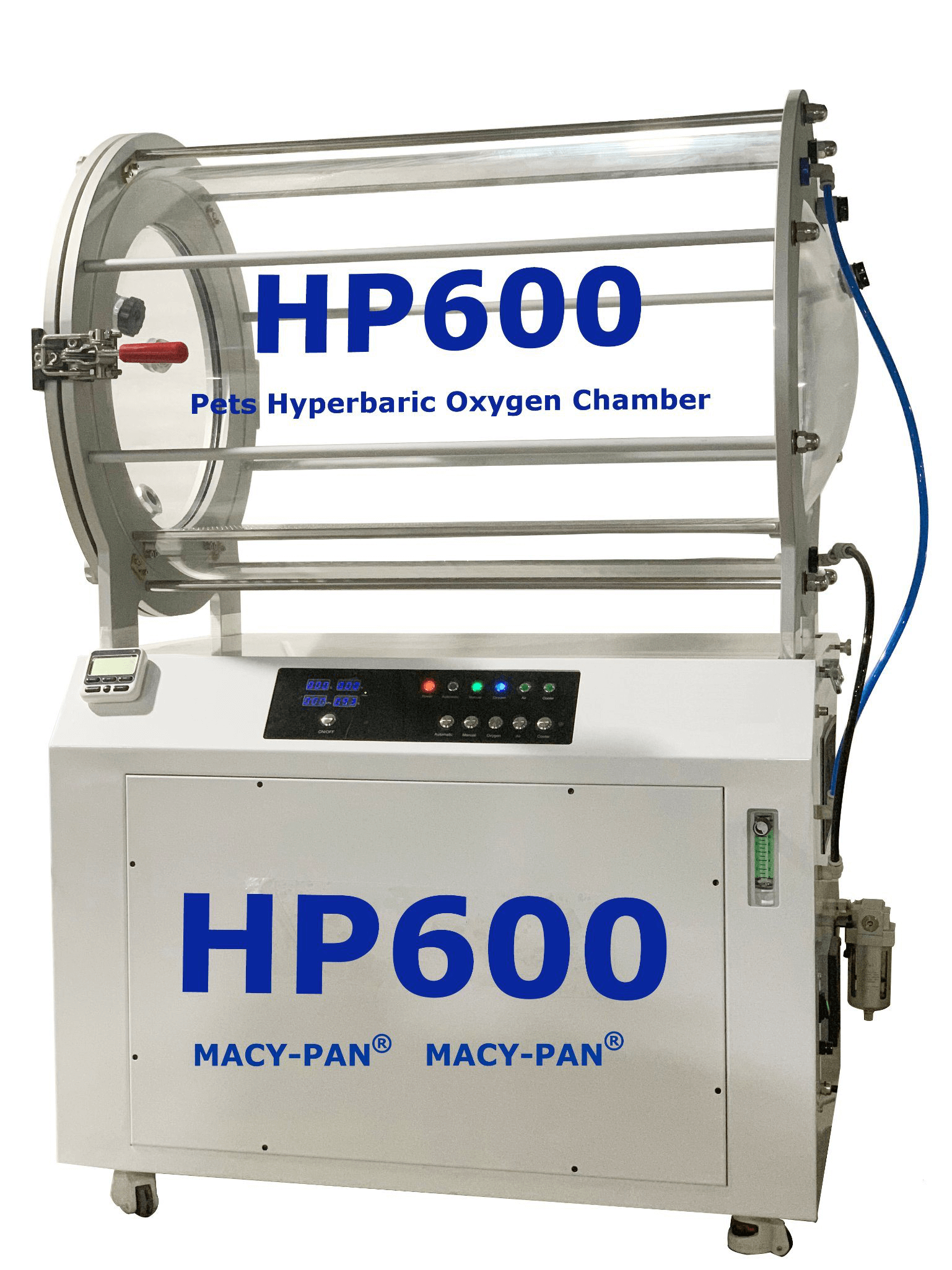Veterinary Hyperbaric Oxygen Chamber: Learning the Basics
Guide to Veterinary Hyperbaric Oxygen Chamber
The Veterinary Hyperbaric Oxygen chamber applications provide Hyperbaric oxygen therapy. The therapy is basically the administration of the oxygen with the patient’s body. Using these veterinary applications that the oxygen level is controlled by applying pressure that is more than that of the sea level.
NOTE: 1 Veterinary Atmosphere Absolute
The treatment pressure is not fixed, on the contrary, it can range from 1 to 3 ATA. The pressure amount depends upon the patient’s condition. The increased pressure results in a substantial increase in the body’s arterial oxygen tension.
In addition, it is responsible for inducing a number of cellulars, physiological, and biochemical effects. In the course of this article, we will provide you with the basic veterinary applications, the process’s working mechanism, and the evidence.

The Working of Veterinary Hyperbaric Oxygen Chamber
When a healthy patient is breathing in a room air that is at sea level. The air present in the room contains 21 percent of oxygen at 1 ATA. The plasma oxygen concentration is 0.3 ml/dl2, and there is more than 97percent of hemoglobin saturation.
According to Henry’s law of gas behavior: the gas’s solubility is proportional to its pressure. Thus, increasing the atmospheric pressure of oxygen. This then leads to enhance plasma-oxygen concentration (POC).
So, when there is a 100 percent oxygen present, the plasma oxygen concentration increases significantly. This happens even without changing the pressure. However, when you alter the pressure the concentration level changes tenfold. This means at 2 ATA, the plasma-oxygen concentration would increase tenfold.
Likewise, to make further increase the plasma-oxygen concentration, you can increase the pressure to 3 ATA. Doing this would result in the POC of 6 mL/dL. This is enough to ensure that you would not need the hemoglobin bound oxygen in order to fulfill the resting cellular needs.
The technique is highly effective for a number of illnesses. However, it shows great progress in patients who have suffered from extreme blood loss, and doctors are unable to find the desired blood group. It also works in cases where transfusion is not possible due to religious reasons.
Fick’s Law
Another great benefit of plasma-oxygen concentration is that with oxygen that dissolves in the plasma has the ability to diffuse into microcirculation 4 times faster. Especially, when you compare this technique with the oxygen that the body transport using the red-blood cells.
The therapy is vital in cases of disrupted edematous tissue. This issue makes the capillaries push farther apart, thus they are unable to receive the right amount of oxygen. Even the oxygen that is important for cellular repair and respiration, the capillaries are not able to receive it.
The HBOT experts facilitate tissue hyperoxia, thus they benefit from the antimicrobial, anti-inflammatory, angiogenic, immunomodulatory, and barometric effects. This all leads to the effectiveness of the veterinary hyperbaric oxygen chamber therapy.
Clinical Application of Hyperbaric Oxygen Chamber
There is a diversity when it comes to the HBOT indications in human medicine. There most common ones that are covered as well as accepted by the Medicare recompense include decompression sickness, carbon monoxide toxicity, and chronic refractory infections.
It also includes a number of wounds. There are pieces of evidence present for a number of veterinary indications such as the inflammatory, neurologic conditions, tissue repair, cancer, and autoimmune disorders.
Tissue Repair
The improved perfusion and oxygen are significantly relating to the enhanced healing of the HBOT mechanism. It also results in the increase of antimicrobial activity, bacteria’s phagocytosis, and angiogenesis.
Different studies have shown improvement in a number of animal models using HBOT therapies. Some of these treatments include the healing of flaps and grafts, bone cartilage, necrotizing fasciitis, burns, and muscle.
Similarly, HBOT is used when there is a skin complication that results from a fungal or an envenomation or mycotic. It even works for the problems created due to bacterial infections. The doctors recommend HBOT to attenuate inflammation among other helpful techniques.
Veterinary Hyperbaric Oxygen Chamber: Neurologic Applications
According to recent studies, the HBOT is becoming common to assist with the neuroprotective problems. There have been several successful results on laboratory animals. Thus, there are now human trails undergoing a Chinese University, Qinghai.
The same is taking place at Graz University in Austria. They are using Hyperbaric oxygen chamber therapy is an adjunctive treatment to cure the spinal cord injury. The HBOT has a direct impact on the edema reduction located in the central nervous system, modulation of inflammation, angiogenesis’s promotion, and decrease of oxidative stress.
What more is that the HBOT techniques are also effective for the peripheral nerve regeneration, neuropathic pain, vascular brain injury, and the traumatic brain industry. Some of the recent studies show that it is useful for postponing moto-neuron disease.
Modulation of Immune Function
Since it is possible to modulate the macrophage and the neutrophil functions using HBOT, thus it is extremely useful in a number of internal medical conditions. For instance, it shows elite results for immune-mediated diseases along with the ones that are categized by inflammation.
High oxygen levels not only interfere with the key trigger of inflammation, the ameliorating tissue hypoxia, it is also great for polymorphonuclear leukocyte adhesion.
Consideration and Mechanics
The total HBOT pressure, time, and frequency greatly depends upon the patient’s literature. However, in most cases, the standard time of the therapy is 1.25 hours, and the pressure tends to increase and decrease at 2 ATA.
However, this also depends upon the disease that is being treated and the patient’s medical requirement. With just the right operations and precautions, you will be able to minimize the risk of hyperbaric oxygen chamber therapy in veterinary patients.
It is important for the patient to remove anything that would risk spark during the therapy. In addition, the patient needs to have a well-trained technician or clinician for monitoring throughout the session.

Conclusion
These are some of the basics that you need to know about the veterinary hyperbaric oxygen chamber. However, for more detailed information, contact us today. Our effective hyperbaric oxygen chamber therapies would help you fight a number of medical conditions.





